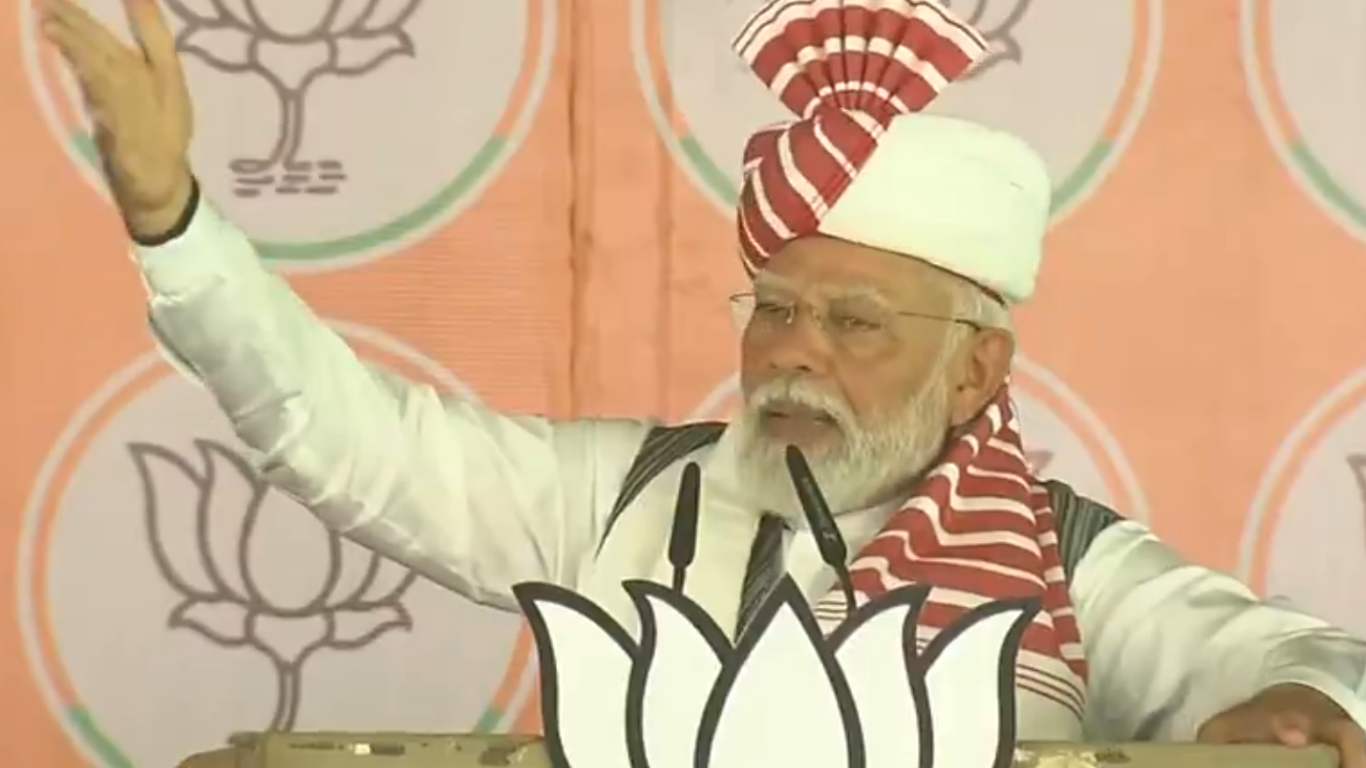


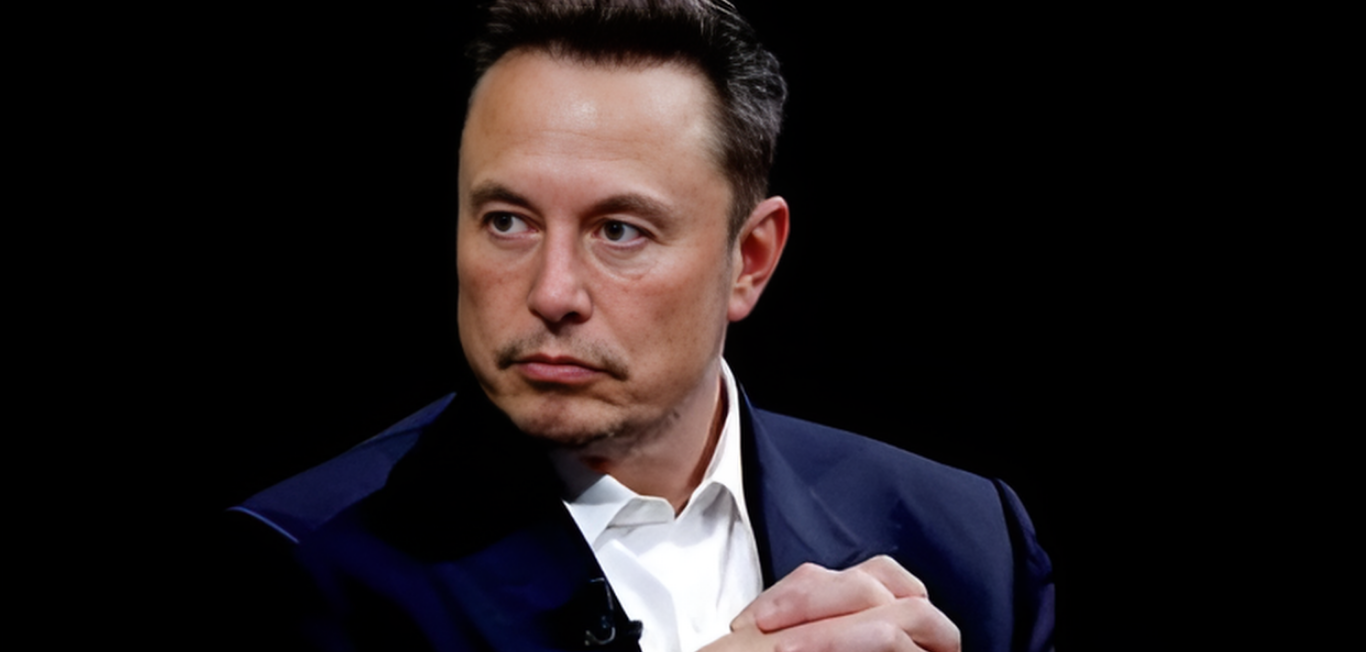

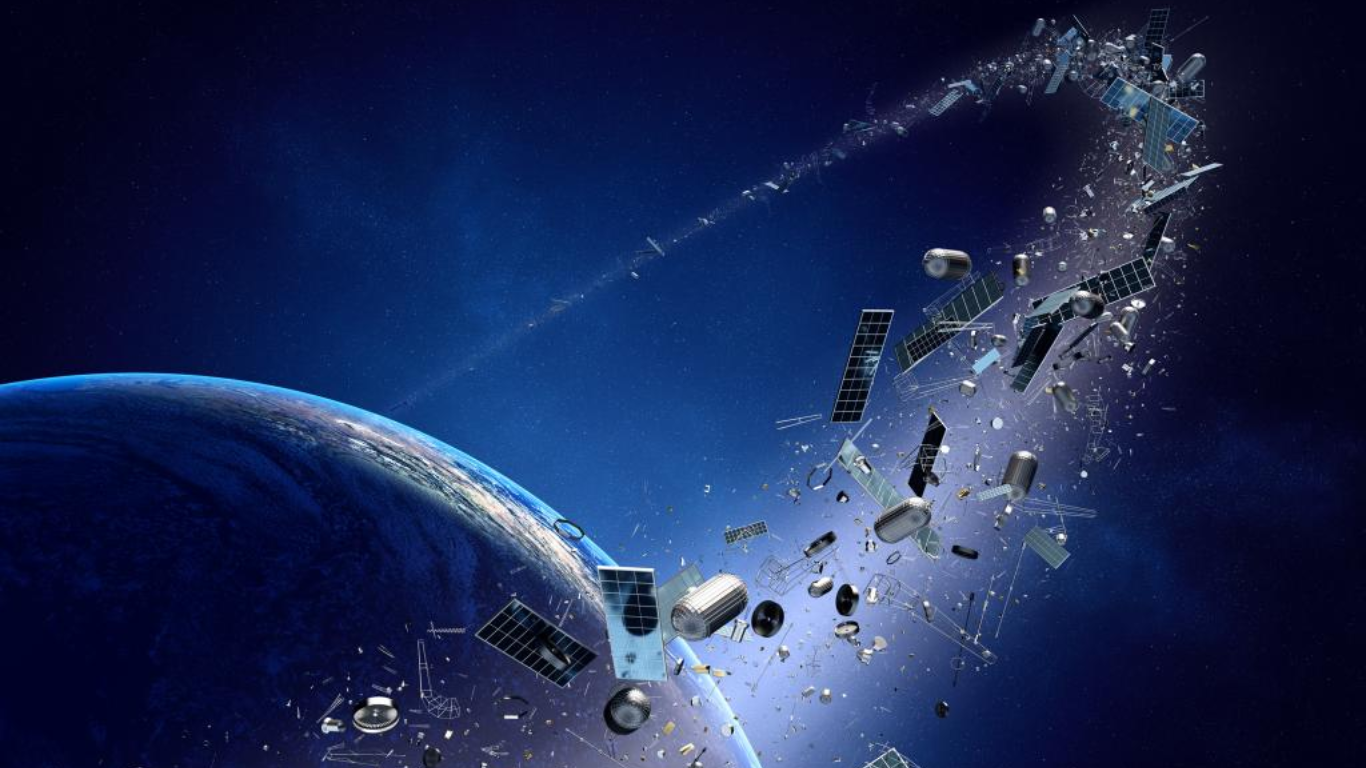
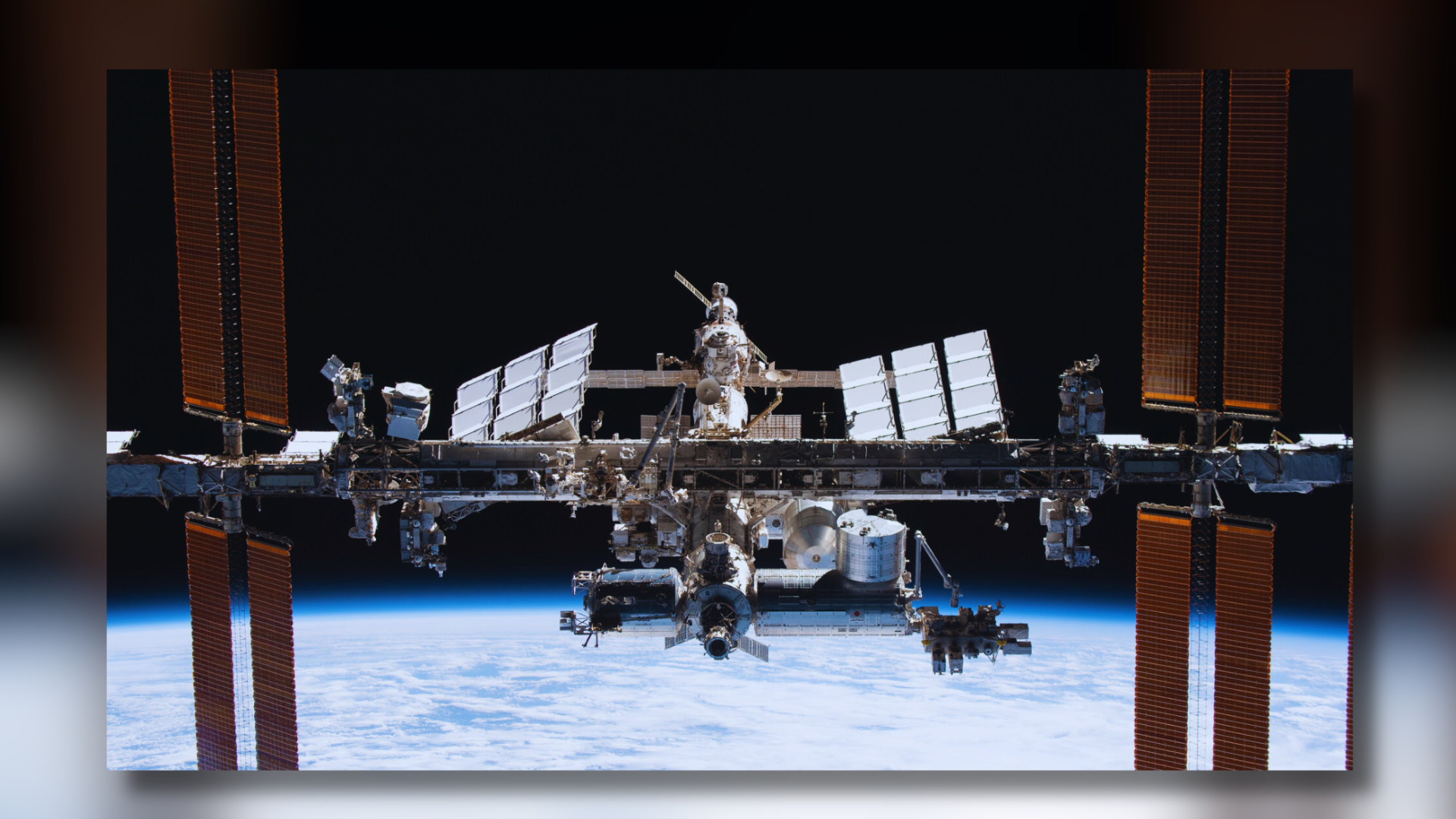
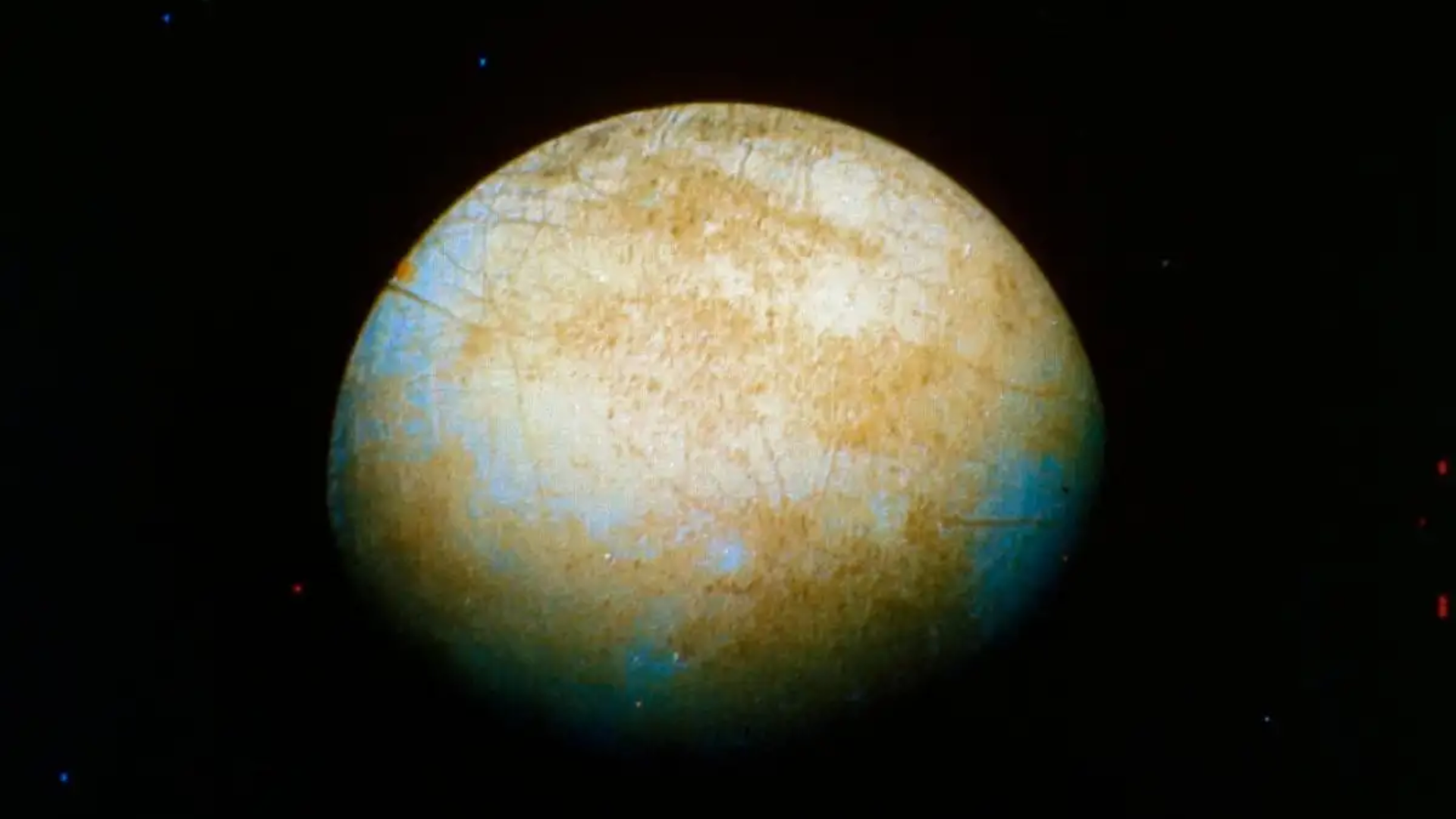
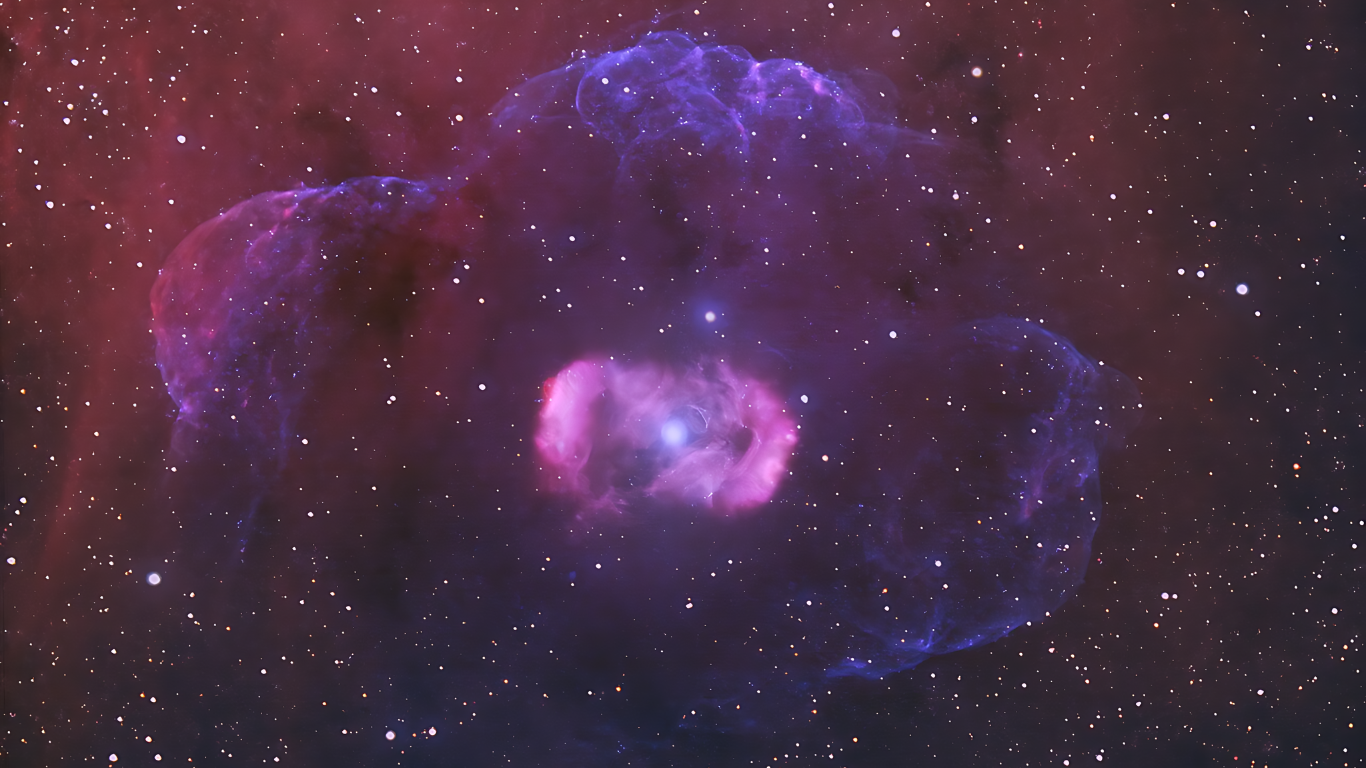
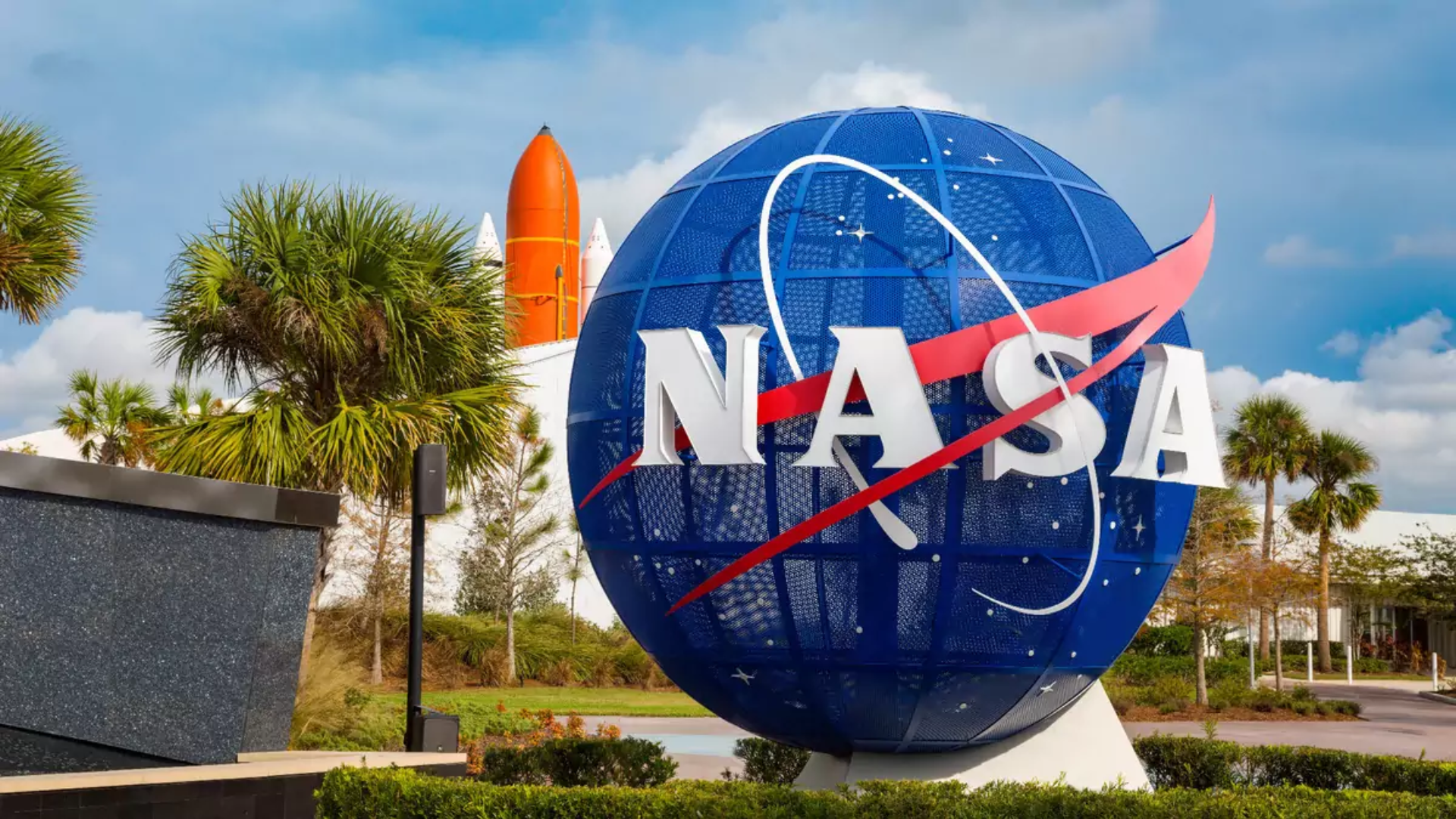

A fascinating sight in the distance space, exists a “Dragon Egg” Nebula, where two massive stars live together surrounded by clouds of gas and dust. This is generating confusion as one of these stars hold a magnetic field just like the sun while, the other doesn’t. And this is unusual as massive starts like these aren’t found in Nebulae.
Astronomers believe that they’ve figured out the mystery. They believe it happened because of something called “stellar fratricide.” That’s when one star in a pair eats up its smaller sibling, mixing their materials together in a violent event. This merger created the magnetic field we see.
According to Abigail Frost, an astronomer at the European Southern Observatory in Chile, this merging process was likely very violent. When stars merge, they can throw out materials, forming the nebula we see today.
Hugues Sana, a scientist at KU Leuven in Belgium, explains that their study confirms what computer simulations have predicted: the blending of materials during a merger can create a magnetic field.
These two stars are bound together by gravity in what’s called a binary system. They’re located about 3,700 light-years away in the constellation Norma, in our Milky Way galaxy.
Also Read: FBI Cautions Congress: Potential Coordinated US Attack Post Russia Tragedy
Using observations from the Very Large Telescope in Chile over nine years, researchers found that the magnetic star is about 30 times more massive than our sun, while its companion is about 26.5 times more massive.
The Dragon’s Egg nebula got its name because it’s close to another nebula complex called the Fighting Dragons of Ara. Inside the Dragon’s Egg, the stars were born around 4-6 million years ago. They started as a triple system with three stars born at the same time and gravitationally linked.
The larger star in the triple system evolved faster, swallowing up the smaller star, which led to the violent merger. This happened relatively recently in cosmic terms, around 7,500 years ago.
This event ejected gas and dust into space, forming the nebula. The material consists mostly of hydrogen and helium, with an unusual amount of nitrogen due to the merger.
Normally, smaller stars like our sun create magnetic fields through convective heating, but for larger stars, it’s more complicated. About 7% of massive stars have magnetic fields, and this merger scenario seems to explain why.
Stellar magnetic fields hold a lot of energy. They can cause phenomena like the auroras on Earth but can also disrupt communication systems.
A nebula (plural: nebulae) is a vast cloud of gas and dust in space. These clouds are often the birthplaces of stars. Nebulae can vary in size and shape, ranging from small, dense regions to expansive clouds spanning hundreds of light-years across. They are typically composed of hydrogen, helium, and other elements, along with microscopic dust particles. Nebulae can emit light on their own or reflect light from nearby stars, creating visually stunning cosmic landscapes. There are different types of nebulae, including emission nebulae, reflection nebulae, and dark nebulae, each formed by different processes and exhibiting unique characteristics.









